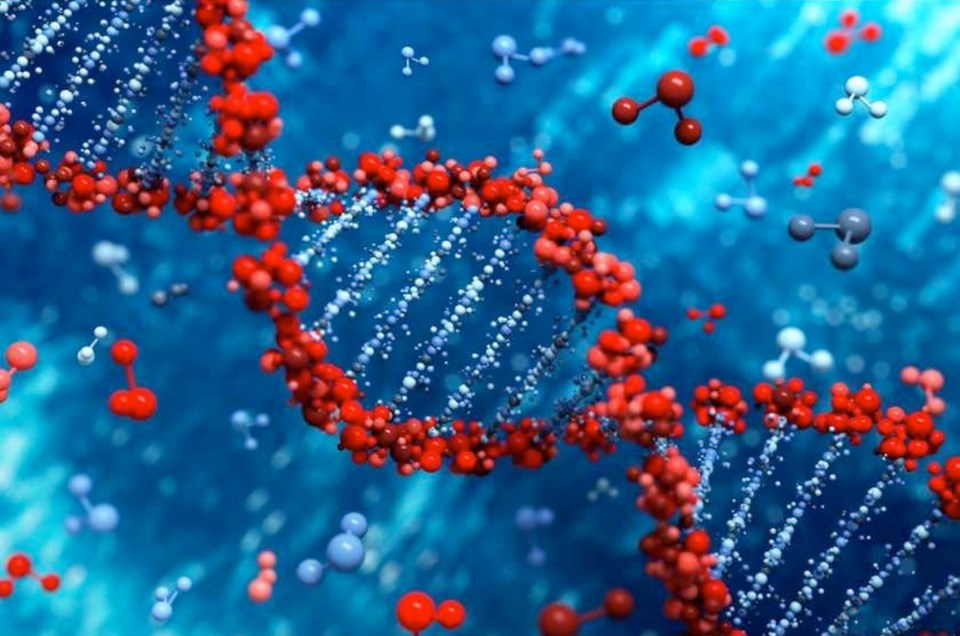A breakthrough in DNA profiling has helped solve a nearly 54-year-old missing persons case involving a man from the B.C. Interior whose remains washed up on a beach on Saturna Island.
The 41-year-old man was last seen in Coquitlam on May 27, 1967. His family reported the disappearance to their local police in Kamloops, which launched what would become a decades-long investigation.
On August 20, 1972, unidentified human remains were found on a beach on Saturna Island. Despite an autopsy, the B.C. Coroners Service was not able to determine an identity. The body was buried on Salt Spring Island until it was exhumed for further investigation last September.
Although the remains had degraded, the B.C. Institute of Technology’s forensic DNA laboratory was able to produce a DNA profile, said Cpl. Jesse O’Donaghey, spokesman for the B.C. RCMP.
The B.C. Coroners Service’s special investigations unit compared that profile to family DNA collected by investigators in unsolved missing-person cases. DNA had been collected from the 41-year-old man’s daughter in 2014, when RCMP Southeast District’s missing person co-ordinator reviewed the file, O’Donaghey said.
Laura Yazedjian, an identification specialist who worked on the case with the coroner’s special investigations unit, said every piece of unidentified human remains undergoes DNA profiling in an attempt to find a match in the coroner’s DNA database. The database includes DNA connected to 1,500 historical missing-persons cases in B.C., often collected from family members.
“Whenever we get these DNA profiles, we run an analysis on all the missing persons profiles and unidentified human remains profiles,” Yazedjian said.
“As soon as this profile was entered, it hit right away. It was a really strong association [to the familial DNA].”
Cpl. Jennifer Sparkes, the missing persons co-ordinator for the RCMP Southeast District, said of the 323 historical missing-person cases dating back to the 1950s, investigators have been able to find familial DNA for 233.
Sparkes has spoken with many families searching for answers about what happened to their loved ones, and she said while the term “closure” can be over-used, that’s exactly what families feel when a missing-person case has been solved.
“The vast majority of our families tell us that not knowing anything is far worse than knowing even the worst,” she said.
The B.C. RCMP extended its condolences to the man’s family, which has asked to remain anonymous, although it issued a statement thanking RCMP members, coroners and the team involved in solving the case.
Yazedjian said it’s incredibly satisfying to provide family members with answers decades after their loved ones went missing. “It just shows how well these systems work together when we get the right information in there.”
An outcome like this one sends a message to families that “even after 50 years, not to give up hope, we can solve these cases,” she said.
Eric Petit, director of the B.C. Coroners Service’s special investigations unit, said in a statement that scientific advancements in identification processes allow the coroners service to solve historic cases.
“In this instance, we were able to piece together the puzzle that had been challenging us on Salt Spring Island since 1972. The partnership we have garnered over the years with both the police and the BCIT lab makes success possible,” he said.
Yazedjian said BCIT’s forensic DNA laboratory is also in the process of validating a new type of machine that can do DNA phenotyping, which is the prediction of physical appearance from DNA. U.S.-based Parabon NanoLabs has used DNA phenotyping to sketch the faces of missing persons or suspects whose DNA was found at a crime scene.
That could create many new leads for the B.C. Coroners Service, which has unsolved cases that could be cracked through genetic genealogy or DNA phenotyping, Yazedjian said. The cost of sending those samples to the U.S. for analysis is prohibitive, so having the technology in B.C. would be extremely valuable, she said.
In March 2019, the B.C. Coroners Service launched an interactive map that charts the locations of unidentified human remains across the province. Each dot on the map includes any identifying details about the deceased in hopes of generating new leads in more than 180 unsolved missing-person cases.
At least three cases have been solved as a result of tips generated through the map, Yazedjian said.
kderosa@timescolonist.com



